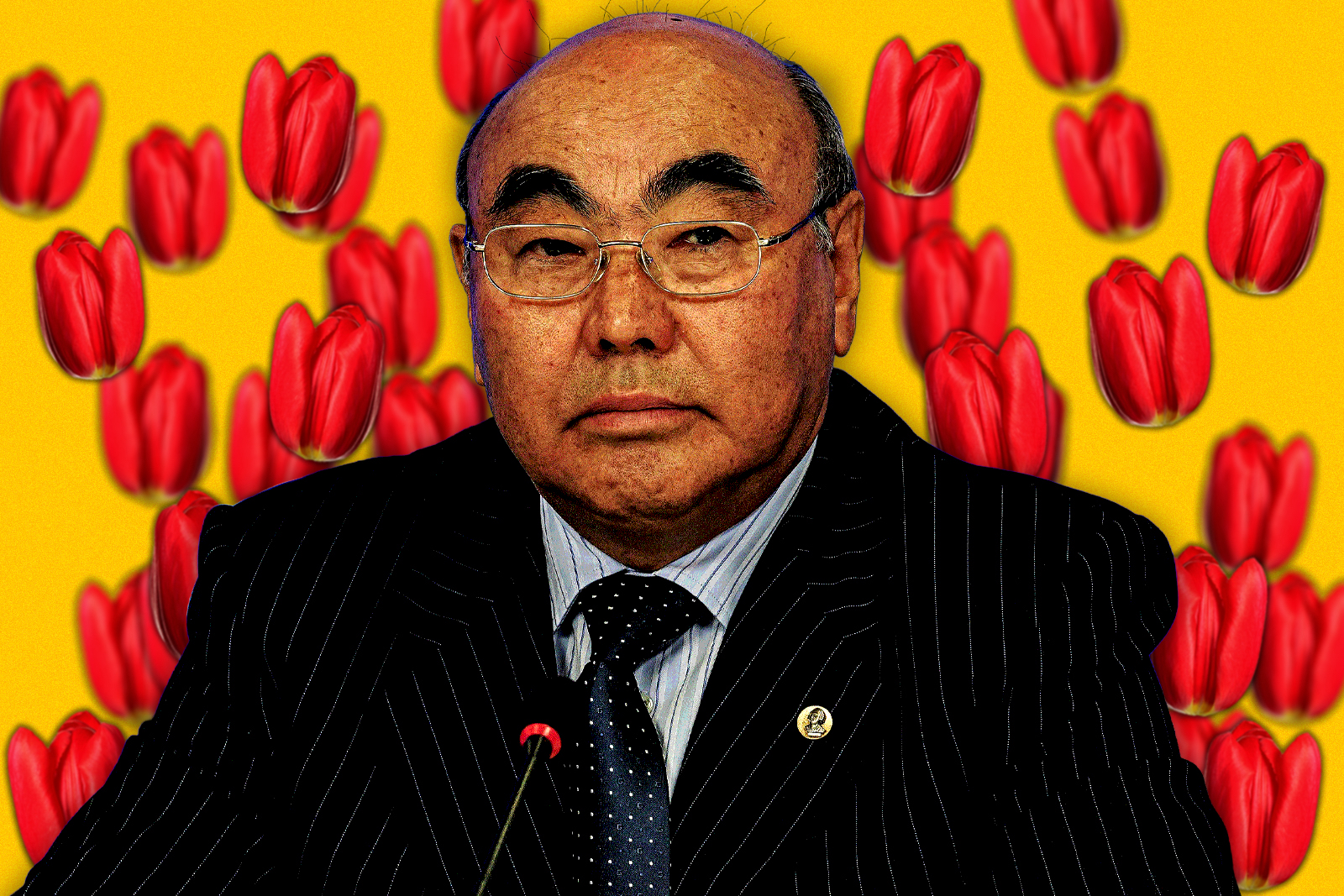
The Tulip Revolution’s Enduring Influence in Central Asia
This week marks the nineteenth anniversary of a revolutionary chapter in Kyrgyzstan’s civic saga—the Tulip Revolution. The years following the Soviet Union’s dissolution in the 1990s were marred by a cocktail of instability, economic stagnation, and political immaturity across Central Asia.
The era was largely characterized by the dominance of dictatorial regimes, which centralized power excessively within the hands of either an autocratic party or a singular leader. This concentration of power was accompanied by a marked suppression of political plurality, with any discourse tinged with dissent swiftly marginalized.
In the forge of these times, Kyrgyzstan, too, was shaped, albeit showing initial signs of a divergent path. The country’s president post-independence, Askar Akayevich Akayev, rode a wave of popularity derived from his strong liberal stance. He envisioned Kyrgyzstan as an “island of democracy” setting a democratic exemplar for its Central Asian neighbors. His academic background and international encouragement, coupled with Western financial backing, hinted at a promising reformative journey ahead.
Yet, this promise was ephemeral. The bright dawn of constitutionalism and reform dimmed rapidly, with Kyrgyzstan falling into patterns all too predictable and mirroring the political dynamics seen in its regional counterparts. The 1993 constitution, while initially democracy-oriented, failed to quell the power struggles between elites vying for early dominance in the state, a strife reminiscent of the conflict in Tajikistan.
To secure his position against these factions, Akayev leveraged his popularity to push through a referendum in 1996 that bypassed the constitution and augmented presidential powers, effectively rendering the parliament and its functions ceremonial. Despite maintaining the facade of democratic institutions, these bodies were in practice subordinate to the president’s will. Media freedom faced a clampdown as Akayev’s wealthy confidants acquired media outlets, monopolizing the narrative and stifling oppositional voices, which were often discredited, judicially harassed, or imprisoned under contentious pretexts, especially before elections.
Kyrgyzstan’s trajectory thus seemed to converge with the authoritarian paths taken by Uzbekistan and Turkmenistan. However, in 2005, a tectonic shift occurred—a sequence of events that seemed implausible to the external observer but marked a resurgence of democratic aspirations. This was the Tulip Revolution, a pivotal moment in Kyrgyzstan’s political landscape with repercussions extending far beyond its immediate geographical and chronological confines.
Elections had come and gone, each leaving the Kyrgyz populace disillusioned, their votes feeling insignificant in the shadow of what appeared to be preordained institutions. The simmering discontent was further fueled by Akayev’s ambitions to extend his tenure beyond the constitutionally limited two terms. His influence over the constitutional council made this feasible, but it was a source of widespread dissatisfaction. Yet, the catalyst for change emanated from beyond Kyrgyzstan’s borders.
In Georgia, the Rose Revolution demonstrated the potential of non-violent civilian mobilization to overthrow a regime. Ukraine’s Orange Revolution soon followed, signaling to the Kyrgyz people that change was within their grasp. Particularly in the south, there was a palpable sense of discontent, exacerbated by the president’s regional favoritism in appointments.
By the time the 2005 parliamentary elections arrived, the grievances over alleged election fraud and the arbitrary disqualification of candidates reached a boiling point. This time, the elites previously marginalized by Akayev’s regime perceived an opportunity to incite his fall. They had cultivated extensive patronage networks, particularly in the south, and now they found their moment to wield these connections.
The youth, inspired by the revolutionary tide across post-Soviet states, and NGOs, steadfast in their democratic mission, became pivotal actors. While the prevailing narrative at the time suggested Western powers propped up the revolution to curtail Russian influence, this view has been increasingly challenged, with a refocus on the internal dynamics and actors that shaped Kyrgyz society. The movement unified disparate groups, including the minority Uzbeks, rallying them toward a common goal.
As the mobilization gained momentum, government buildings in cities like Jalalabad fell to the youthful insurrection by mid-March. By the month’s end, the protestors set their sights on Bishkek. Akayev, paralyzed by indecision and facing a military sympathetic to the protesters, fled, marking a successful—if unexpected—regime change.
The question of whether mass mobilizations can effectuate enduring democratic transitions remains a contentious debate, especially against the backdrop of the Arab Spring’s faltering promise. In Kyrgyzstan, this debate is particularly poignant. The aftermath of the Tulip Revolution saw Kurmanbek Bakiyev, one of the revolution’s orchestrators, ascend to the presidency, only to replicate the personalized power structures of his predecessor.
Yet, it is imperative to recognize the enduring power of collective memory within a nation’s political consciousness. Despite the apparent sidelining of civil society in Kyrgyzstan, the spirit of the Tulip Revolution endures. The protracted battle over the Kumtor mines serves as a testament to this enduring spirit. Operated by the Canadian multinational Centerra, the mines became a focal point of national discourse, with local communities clamoring for nationalization on the twin pillars of economic sovereignty and environmental stewardship.
Moreover, the mines’ saga is not an isolated narrative. It dovetails with the broader theme of citizenry resistance against dubious electoral practices, as witnessed in the mobilizations of 2020. These instances underscore a society’s resilience and willingness to confront perceived injustices head-on.
In a region where post-Soviet states grapple with the resurgence of authoritarian grips, the Tulip Revolution shines as a beacon of hope, symbolizing the potential of civil action. It exemplifies the profound impact that grassroots mobilization can have, not only in catalyzing immediate political change but also in shaping a sustained push toward democratization. Remembering the successes and failures of such movements is more than a retrospective act; it is an affirmation that even in the face of overwhelming political adversity, the collective will of a determined citizenry is a force formidable enough to challenge and surmount the steepest of political summits.

